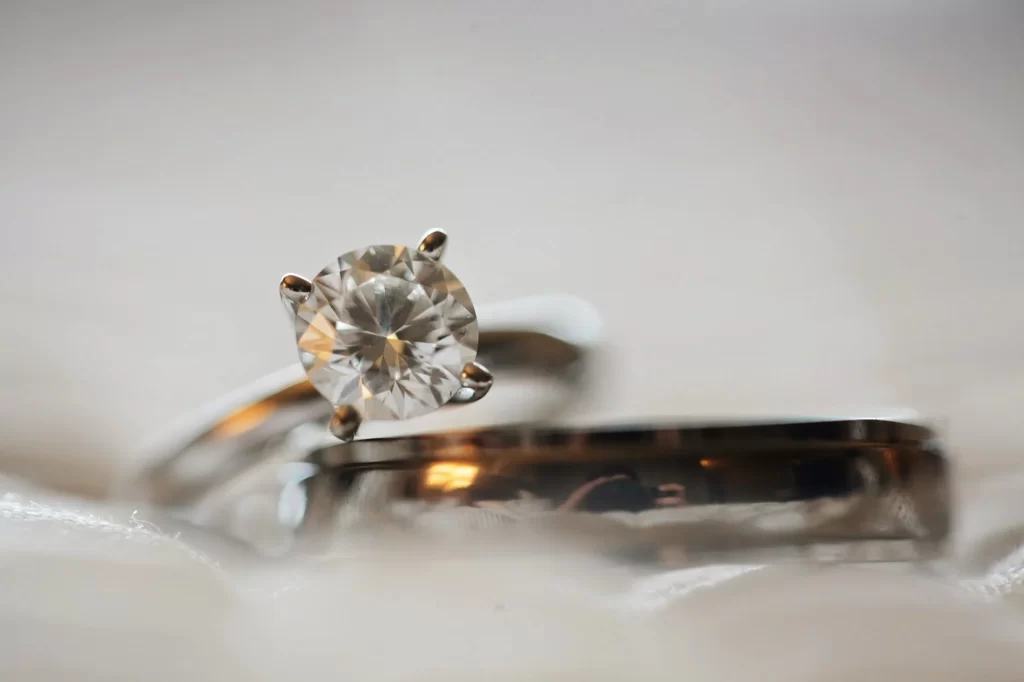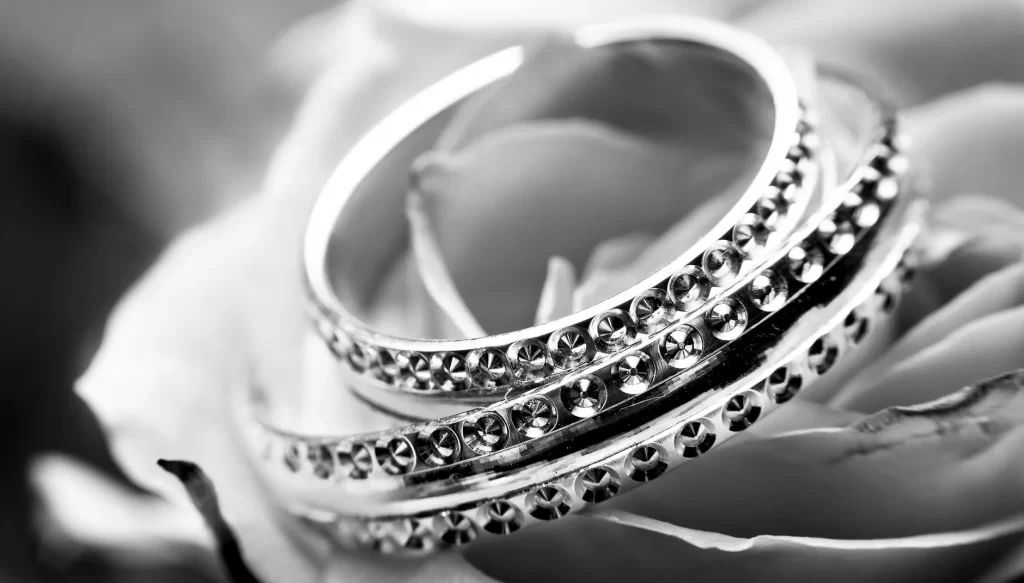The Various Stages Of A Diamond’s Life
You probably know that diamonds are the result of powerful geological pressures applied over millions of years, yet there is a lot more that happens before the diamond ends up as part of exquisite jewellery. Here is a broad description of the diamond acquisition process.
1. Sourcing Diamonds (Mining)
Of course, the hardest part of diamond mining is actually discovering the stone and a lot of money is spent on geological surveys, looking for veins of diamonds. Certain parts of the world produce more diamonds than others. Here are the top 5 locations in terms of carats produced:
- Russia
- Canada
- Botswana
- Angola
- South Africa
Australia, in particular, has the famous Argyle Mine, which opened in the 1970s and has produced some stunning pink stones over the decades. The mine also produced high quality champagne diamonds, but sadly, Argyle Mine stopped production in 2019.
Leading diamond wholesalers may still have access to the best stones not just from the Argyle Mine; they will also be able to offer you diamonds in different colours. For example, you may be able to spot the most exquisite loose champagne diamonds for sale.
2. Rough Diamonds
As gems are discovered, they embark on a sorting process and it may surprise you to learn that only around 20% are used for jewellery, while the 80% is used for industrial purposes. So, it is only the premium quality diamonds that make it past the rough diamond stage and these stones are generally sold to gem wholesalers.
3. De Beers’ Central Selling Organization (CSO)
The vast majority of diamonds are funnelled through the De Beers’ CSO, where there are more than 5,000 categories for rough diamonds before the stones reach the wholesale gem market. These gems are sold at events called ‘sights’.
There are 10 sights per year, each lasting one week, which gives the wholesalers time to study the diamonds before bidding. The select few who are chosen are called ‘sightholders’ and they acquire the majority of the rough diamonds, while a few are auctioned.
4. Custom Jewellers
The custom jeweller is commissioned by a client to create a special piece of jewellery; a diamond engagement ring is a perfect example. With the client’s preferences, the custom jeweller can approach the wholesale gem dealer, looking for the right stones.
The jeweller is very picky when looking for specific stones and a lot of negotiation might take place before a deal is struck. The custom jeweller wants the lowest price for their client and they may have to work to the client’s budget, which can make things extremely tight.
5. The Jewellery Making Process
Once the custom jeweller takes possession of the rough diamonds, the cut is chosen and the jeweller also applies for a GIA Certificate for the finished stones. Typically, the jeweller would meet with the client several times to get an idea of the design. With the client’s input, the design is eventually approved and the work can begin.
The aspects of ring design include:
- Metal (gold (white, yellow or rose), or platinum)
- Precious stones
- Diamond cut
- Setting
- Overall design
When the diamond engagement ring is complete, the client has a private viewing. If all is good, the transaction is completed.
Read Also










